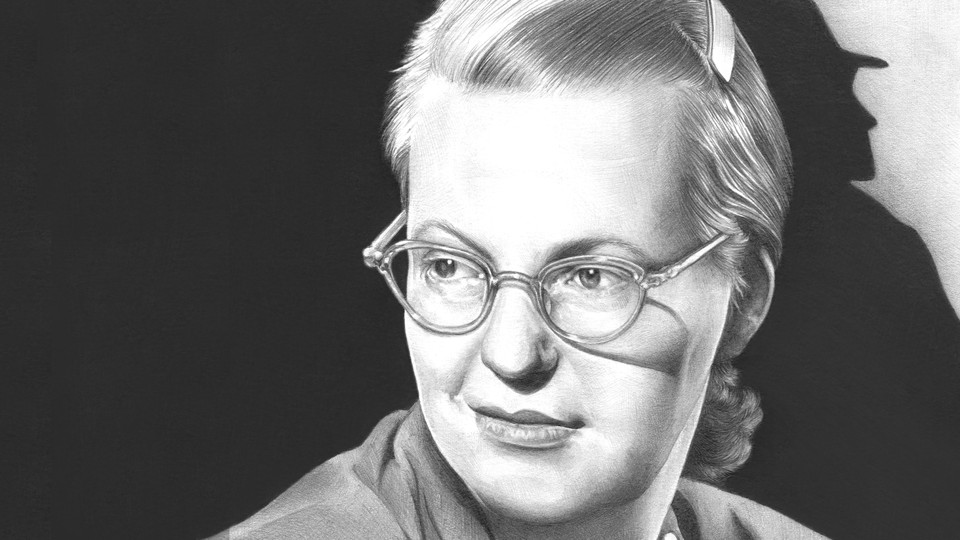
But she is best known for “The Lottery,” which, as Ruth Franklin writes in her brilliant new biography of Jackson, is “one of the most read and discussed works of twentieth-century American fiction.” The story has been interpreted as a dark fable of intrinsic human malice. Jackson wrote many short stories, domestic life memoirs, and well-regarded novels, including The Bird’s Nest (1954), The Haunting of Hill House (1959)-a favorite of Stephen King’s-and We Have Always Lived in the Castle (1962). Her husband, the literary critic Stanley Hyman, said, “she felt that they at least understood the story.” Jackson would not be shocked by our current political climate. Another from New York claimed that “humanity is normally opposed to progress instead, it clutches with tenacity to the customs and fetishes of its ancestors.” Jackson was reluctant to clarify the story’s meaning, except to say she was proud it had ended up on South Africa’s list of banned books. “In this story you show the perversion of democracy,” a reader from Missouri wrote. Many readers, on the verge of McCarthyism, understood Jackson’s prescience. The New Yorker received more letters about “The Lottery” than any other work of fiction it had ever published. Hutchinson screamed, and then they were upon her.” Summers said, ‘Let’s finish quickly.’ ” Someone hands Tessie’s young son rocks to throw at his mother. A local housewife, Tessie Hutchinson, draws a slip with a black dot. Neighbors gather in the town square and talk amiably about “planting and rain, tractors and taxes.” But soon children stuff stones in their pockets, and everyone gathers around a black box to draw lots. Jackson opens with images of blossoming flowers and “richly green” grass. Savagery unfolds slowly in this strange, spare story about a ritual stoning in a New England village.


On June 27, 1948, Shirley Jackson published “The Lottery” in The New Yorker.


 0 kommentar(er)
0 kommentar(er)
